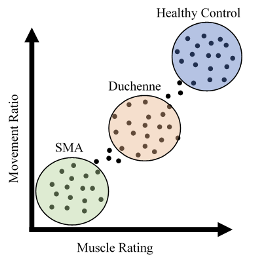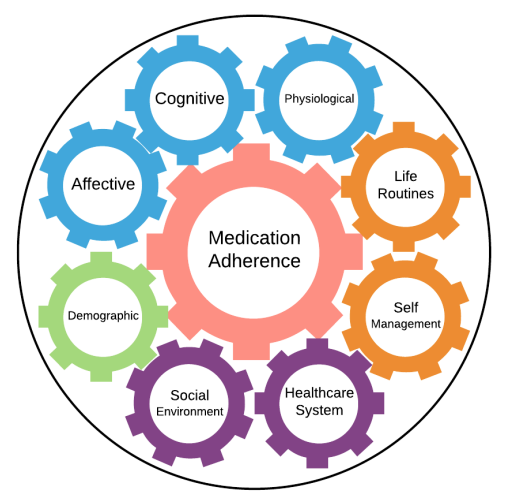Selected projects listed below. Check out our publications page for more information on past and current projects.
Selected projects listed below. Check out our publications page for more information on past and current projects.
Sleep is vital for maintaining physical and psychological health as well as healing, and is essential for a quality hospital experience. Poor sleep can potentially result in decreased performance on activities of daily living, lower physical functioning after release from the hospital, higher overall mortality, incidence of delirium disorientation, delayed healing and so on. Ambient environment factors, such as noise, temperature, light, carbon-dioxide levels have a huge impact on the sleep quality of hospital patients. Furthermore, nursing care activities and patient-specific factors, including but not limited to pain levels, health status and medications administered also affect in-patient sleep quality. Thus, in the project we monitor a patient’s environment using unobtrusive environmental sensors placed in the patient rooms and their sleep using wrist-worn actiwatches. Our objective is to understand the relationship between environmental factors and sleep disruptions amongst hospital patients.
Social interactions are vital for psychological well-being and are associated with many positive health outcomes such as reduced stress, depressive symptoms alleviation, and increased productivity. For the 13% of US adults who meet the criteria for social anxiety disorder at some point in their lifetime social interactions have been identified as a primary source of distress. Our objective is to develop new social anxiety treatment methods that can be delivered just as they are needed via smartphone. In particular, this study focused on the problem of when to deliver treatments by recruiting 50 individuals and inducing social anxiety as they wore passive sensors. With this data we are currently developing several online models that can determine when to deliver mobile treatments for social anxiety.
Endocrine therapy, including aromatase inhibitors and Tamoxifen, is prescribed for at least 5 years after individuals have been treated for hormone receptor-positive breast cancer to prevent recurrence of their cancer. Adherence to these medications (defined as 80% or more doses taken as prescribed) is associated with significant increases in recurrence-free survival. Despite the life-saving benefits of these medications, rates of persistence and adherence are low. Our objective is to create a new integrated system for long-term monitoring of medication adherence consisting of ecological momentary assessment, sensor-rich smartphones, wireless medication event monitoring systems (MEMS), wireless beacons, and wearable sensors that collect in situ data on adherence that will be used to understand and model medication-taking behaviors.
Clinicians have long appreciated that patients who are “physically fit” are more likely to survive surgical procedures than those who are not. “Wearables” (unobtrusive electronic devices such as watches, rings, clips, and smartphones) provide increasingly sophisticated and accurate physiologic data that may allow clinicians to both risk-stratify surgical patients as well as better prepare them for surgical procedures. The overarching objective of this project is to use these increasingly ubiquitous wearable devices as the basis for exercise preconditioning regimens designed to improve relevant clinical outcomes (e.g. return to baseline function) in patients undergoing major abdominal cancer surgery in the United States.
Spinal Muscular Atrophy (SMA) is a neurodegenerative disease of childhood and the leading genetic cause of death in infants. Duchenne Muscular Dystrophy is another progressive neuromuscular disease of childhood that leads to loss of motor movements, respiratory failure and death in young adulthood.The explosion of new potential treatments for these diseases presents the urgent need for more specific, more quantitative metrics that can be used to quickly and effectively evaluate the efficacy of any given treatment. This pilot study introduces a novel paradigm using concrete, quantitative measures to assess motor function in patients with SMA and DMD.


